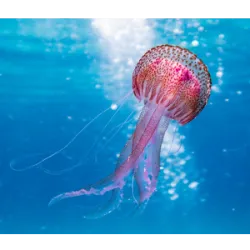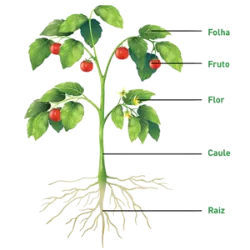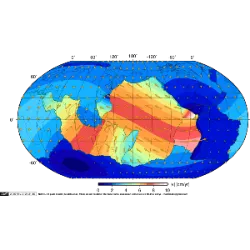Guardians of the Oceans: Beauty and Dangers

Cnidarians a group of aquatic invertebrates known for their diversity and ecological functions, are found in oceans around the world. They include species such as jellyfish, sea anemones and corals, playing crucial roles in balancing marine ecosystems.
Distinctive Characteristics
Cnidarians have radial symmetry and a simple body, with only one opening that functions for the entry of food and the elimination of waste. Its main characteristic is stinging cells, called cnidocytes, which release toxic substances to capture prey or defend itself from predators.
These cells can cause painful burns in humans, especially in jellyfish such as the dreaded Portuguese man-of-war.
Varied Life Cycle
These invertebrates have two main forms:
Polyps: Attached to the substrate, like anemones.
Jellyfish: Free, like jellyfish.
Furthermore, reproduction can be sexual or asexual, ensuring the wide dispersion of the species.
Importance in Ecosystems
Cnidarians, especially corals, form reefs that shelter rich biodiversity, functioning as nurseries for countless marine species.
Did you know??










